Understanding Material Compatibility in Fuel Line Coolant Hose Assemblies
When it comes to sourcing automotive parts like the Fuel Line Coolant Hose and Fuel Line Fastener, understanding material compatibility is essential for ensuring the durability and safety of the cooling system. Different materials react differently under exposure to coolant fluids, heat, and pressure. At AlwayTec, we carefully select and test materials to deliver components that meet strict performance standards and customer expectations.
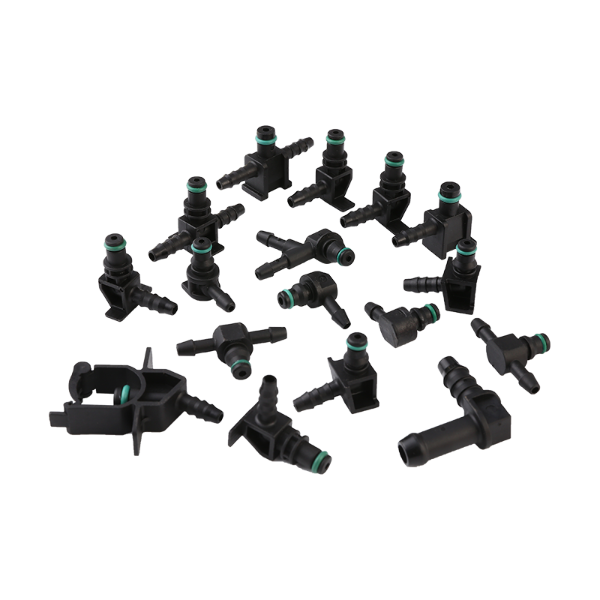
Nylon: Strength and Chemical Resistance
Nylon is widely used in fuel line hoses due to its nice mechanical strength and resistance to various chemicals. It handles high pressure well and maintains shape under heat, making it suitable for many cooling system applications.
Its resistance to abrasion and ability to withstand repeated bending also contribute to longer service life. However, nylon can degrade over time if exposed to certain chemicals or UV light, so selecting hoses with protective coatings or additives is advisable.
From a procurement perspective, nylon hoses often offer a good balance between cost and durability. When sourcing nylon Fuel Line Coolant Hoses, confirm with your supplier (like us) that the material grade matches the specific coolant fluids used in your applications.
Rubber: Flexibility and Temperature Adaptability
Rubber hoses remain popular due to their flexibility and ability to absorb vibrations, which protects the cooling system during engine operation. Modern synthetic rubbers can endure wide temperature ranges and resist many types of automotive fluids.
Natural rubber offers good elasticity but may lack resistance to some fuels or additives. Synthetic variants such as EPDM (ethylene propylene diene monomer) provide enhanced chemical resistance and longevity.
When purchasing rubber hoses, it is important to check for certifications related to heat tolerance and fluid compatibility. We advise buyers to consider the specific vehicle environment and choose rubber types tested under similar conditions.
Composite Materials: Combining Benefits
Composite hoses blend materials such as reinforced rubber with nylon or polyester fibers to combine strength, flexibility, and chemical resistance. These multi-layered structures improve durability and reduce the risk of hose failures caused by pressure spikes or chemical corrosion.
Composite hoses may come at a higher price point but often deliver advanced performance, especially in demanding cooling systems or specialized vehicles.
Procurement professionals should evaluate the total cost of ownership, considering both purchase price and expected service life when selecting composite hoses.
Procurement Tips for Fuel Line Coolant Hoses
To summarize, here are some tips when sourcing Fuel Line Coolant Hoses:
Clarify Application Conditions: Temperature ranges, pressure levels, and types of coolant fluid in use.
Request Material Specifications: Ensure suppliers provide detailed data sheets and testing certifications.
Consider Long-Term Performance: Balance initial cost against expected durability and maintenance needs.
Verify Compatibility with Fasteners: Hose materials should work well with selected Fuel Line Fasteners to avoid leaks or damage.
Understanding the material properties of Fuel Line Coolant Hoses is key to sourcing parts that last and perform safely. By choosing the right material — whether nylon, rubber, or composite — and working with a knowledgeable supplier, you can ensure your cooling system meets the demands of modern vehicles.
If you would like to learn more about our products or need customized solutions, please contact us. We are here to support your procurement needs with quality components and responsive service.

 English
English
 Español
Español


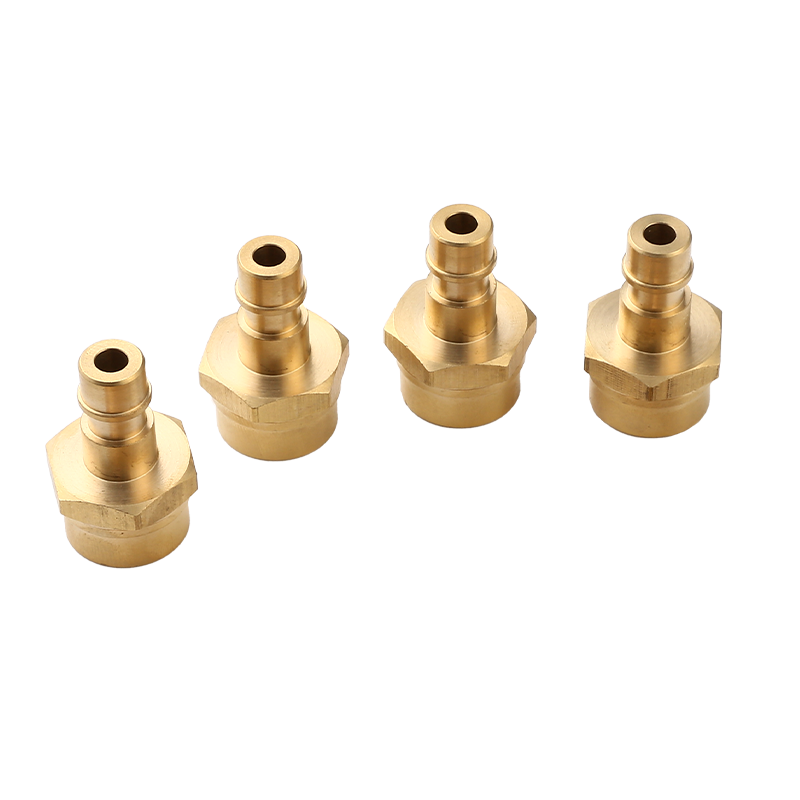
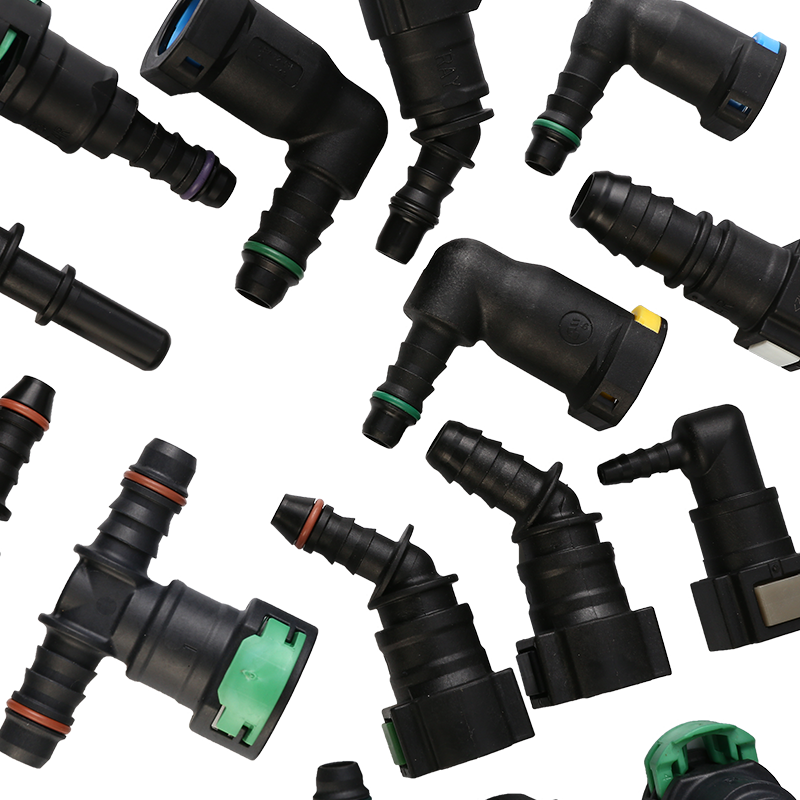
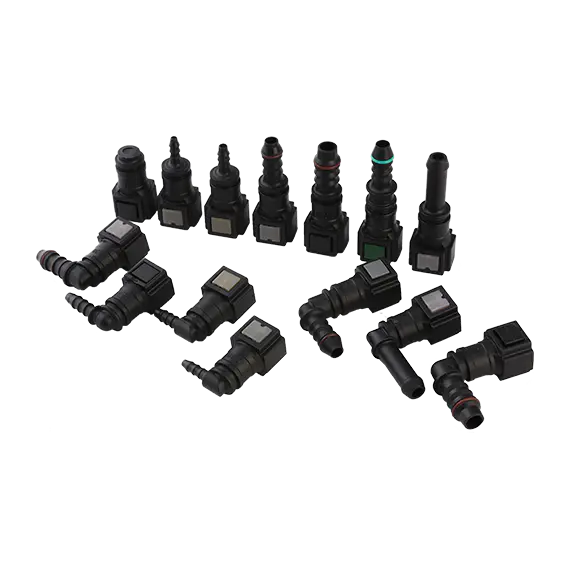
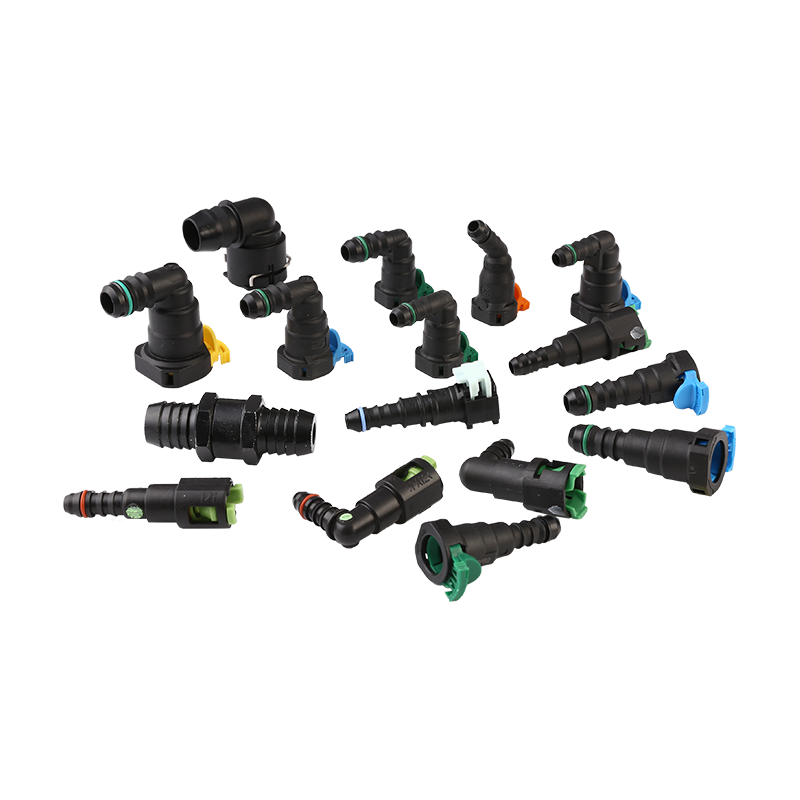
.png)
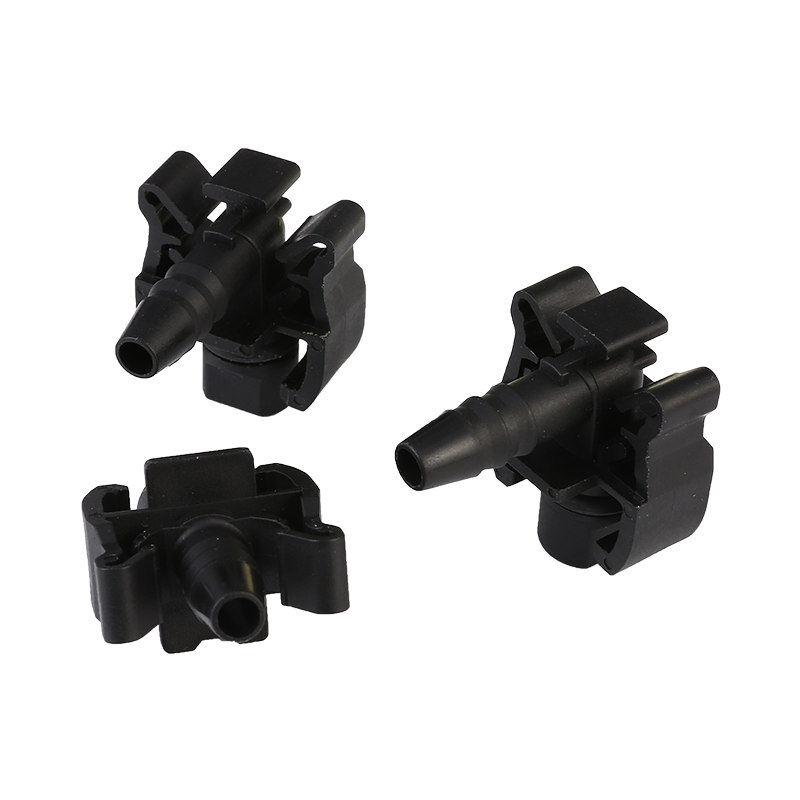
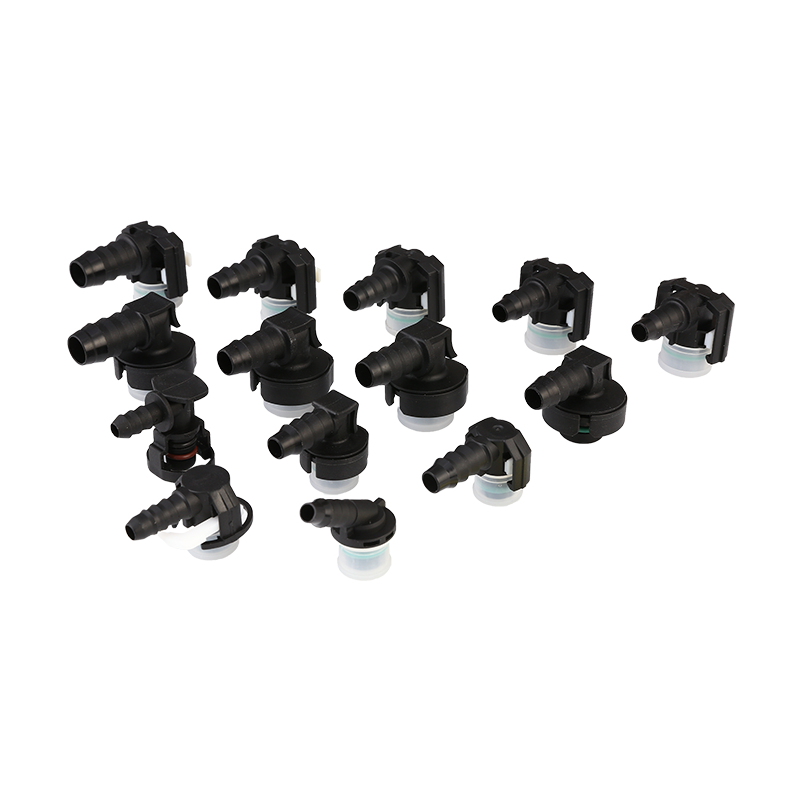
.png)




